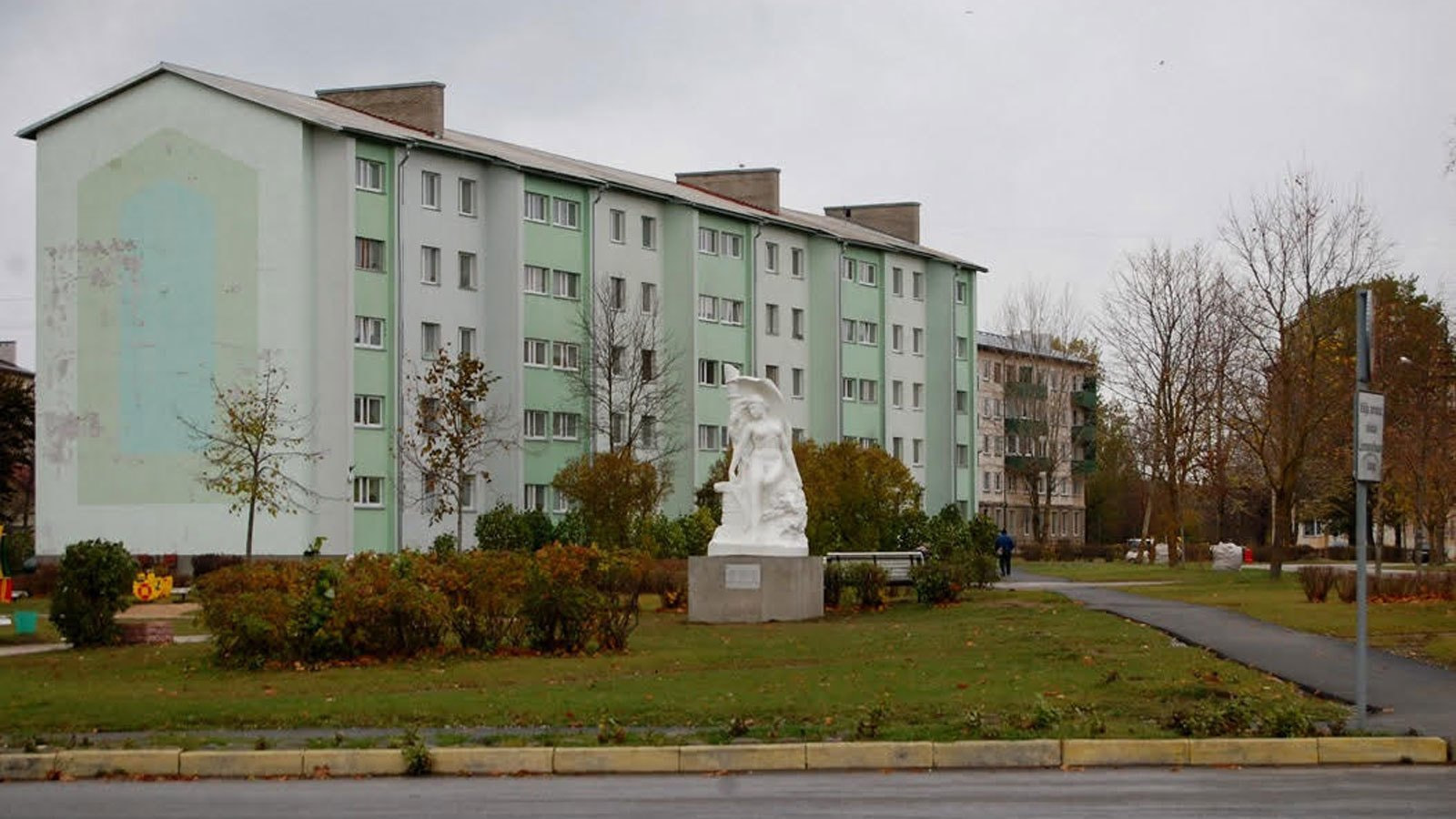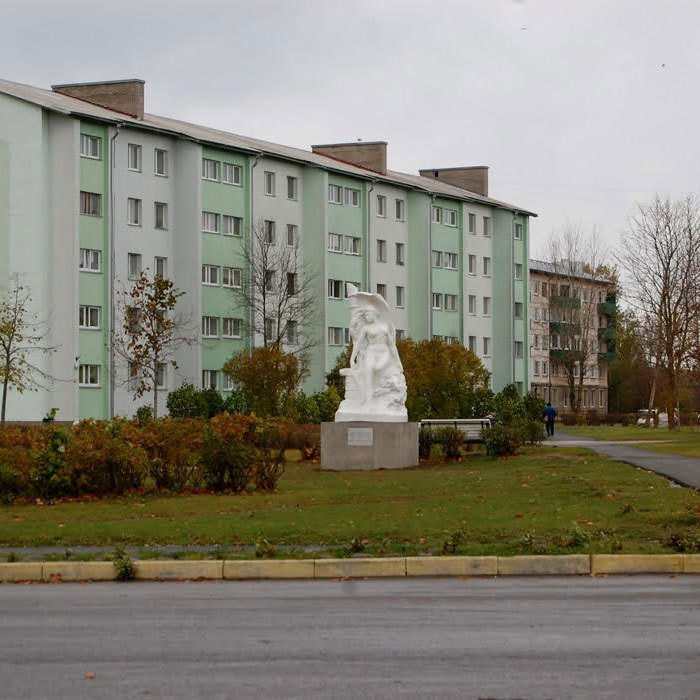Thirty years after the collapse of the Soviet Union, the focus of Post-Soviet Studies is still very much centered around the 1990s: the period of the explosion, the trauma, the euphoria, the rapid changes, the post- and neocolonial tendencies, etc. But more important empirical changes that developed afterwards are rarely the focus of study, because it seems to be a period when “nothing happened.” At the beginning of this decade, based on Shalom H. Schwartz’s basic value theory, the social scientists Indrek Tart, Marko Sõmer, and Laur Lilleoja analyzed what they refer to as the second wave of the post-Soviet era, the state of and changes to the value-world in the noughties.* They found that, in comparison to Latvia and Lithuania, among the Estonian population there was the biggest difference between the values of the Russian-speaking and Estonian communities and that these differences increased when the nineties became the noughties. According to their research, Estonians were more focused on personal freedoms and hedonism, whereas Russian-speakers were more focused on power, control, and domination, something which reflected their social insecurity and an orientation toward the Russian Putinist media. However, when we look at this decade, the third wave, we see rapid growth in the popularity of nationalist-conservative antidemocratic forces in Estonia, which are focused on power, domination, and control. There are growing Estonian communities that are always ready to cheer news from Russia when the Russian president condemns gays or climate-change activists, which could be interpreted as an obscene orientation toward patriarchic punishing power, the Freudian Father. It is the power that they hope will provide a clear definition of right and wrong, good and the bad. But even more surprising is the popularity of these openly fascist forces among Russian-speakers, who see them as a force which now screams the “long-repressed truth:” Ordnung muss sein! There is an orgy of identification with authoritarianism on every side of the cultural realm. In this presentation I aim to give an overview of this situation and the changes it has brought (and is still bringing) on many fronts within society and culture, especially in the field of art.
*Indrek Tart, Marko Sõmer, Laur Lilleoja “Alusväärtused Eestis teise laine perioodil” Nullindate kultuur I (ed. Aili Aarelaid-Tart), Tartu: TÜ kirjastus, 2012, pp. 44–70.

